McLaren 570S Coupe engines, drive and performance
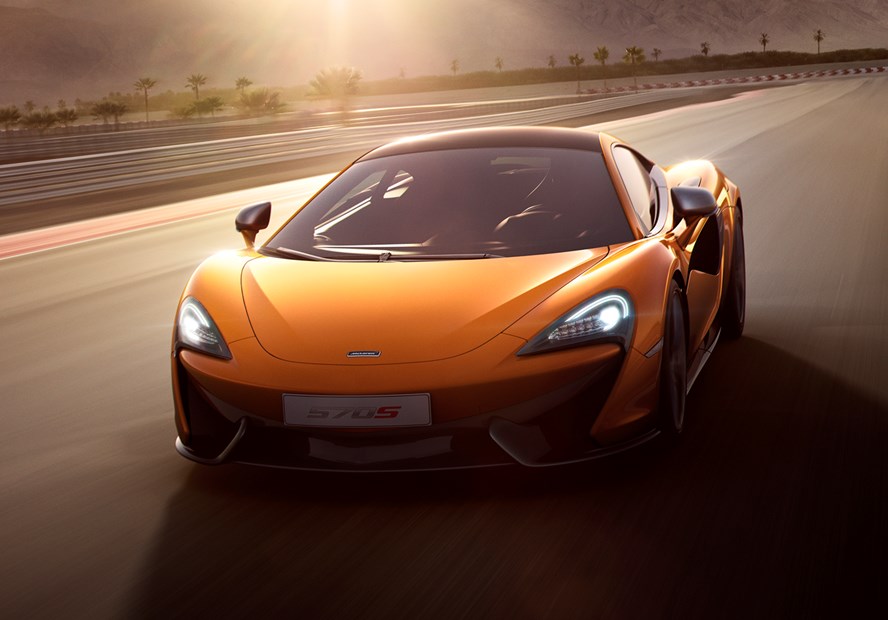
- Powered by mid-mounted, 3.8-litre, twin turbo V8 petrol engine
- Puts 570hp and 600Nm of torque through rear wheels
- Sprints from 0-62mph in 3.2 seconds, hits 204mph
There’s only one engine on offer here, and in fact it’s used throughout the McLaren range in different forms, albeit with different power outputs and assistance from electric motors in the case of the P1.
Petrol engine
Here the 570S makes do with the 3.8-litre V8 that’s good for 570hp (hence the name) and 600Nm of torque. This gives the lightweight McLaren plenty of shove.
You have to reach a bit for those peak power figures – 7,400rpm for the former and 5,000rpm for the latter – but that’s no hardship as the McLaren’s distinctive motor piles on the drama and noise as the revs increase.
There’s a moment’s delay at low revs while the turbos get up to speed but that slight lag before the whistling boost arrives just adds to the character of the 570S. The turbo-less Audi R8 with its exotic ten-cylinder engine sounds marginally better, but the McLaren is hardly lacking in vocal talent.
Helping you keep the 570S in its rich band of power in the middle of the rev range is a seven-speed twin-clutch transmission – the same Seamless Shift Gearbox seen in Super Series cars like the 650S.
On the move it has a spooky ability to serve up the correct gear at the moment you need it without manual input from the shift paddle (a single piece of carbonfibre that hinges behind the wheel) changing up with speed and ferocity as the 570S gathers pace.
Time your shifts perfectly and 0-62mph takes just 3.2 seconds. This is slightly slower than the Porsche 911 Turbo S, which has the advantage of all-wheel drive to get its power down. Still, once you’re off the mark the acceleration is brutal and can get you into trouble very quickly indeed – 124mph takes less than 10 seconds and 204mph is its maximum speed. Exploring the true performance potential of the 570S is strictly a track-only affair.
Three drive modes
Depending on how you want to drive, there are three settings called Normal, Sport and Track. You get one dial for the engine and gearbox and another for the handling. In the case of the former, the Sport and Track modes deliver faster, more savage gearshifts and sharper throttle responses.
What’s really clever is that the car remains in Normal mode until you press the “Active” button – you can alter the dials as much as you but they are inactive. So you can drive around in serene comfort until the right road presents itself, whereupon your favourite settings of Sport drivetrain and Track chassis are just a single button push away.
- Lightweight carbonfibre design
- Standard carbon ceramic brakes
- Steering is fast and feelsome but light
If there’s an ace card you expect from a McLaren this is it – the manufacturer prides itself on prioritising driver enjoyment at any speed and the 570S feels like one of its finest examples.
For a start it’s lighter than its rivals, weighing in at 1,313kg dry. This has a profound effect on the way it drives. In part this is due to the construction of the car – it’s built around a carbonfibre tub that is strong and light, with the whole chassis tipping the scales at just 75kg.
The steering is fast – a small turn of the wheel results in the front end darting quickly left or right, making the car feel agile and responsive. It also uses a combination of electronic and hydraulic assistance so you get a good amount of information about the road surface fed back through the steering wheel, giving you the confidence to really lean on the grippy tyres.
It’s accurate too helping you place the car exactly where you want it in a corner, and much like the automatic gearbox, steering the 570S feels telekinetic rather than a physical movement of the wheel. It corners so flat too, with little perceptible bodyroll.
Standard carbon ceramic brakes bite hard and resist fade well, although there’s not a lot of feel in the pedal until you’re really pushing it. Slowing down gradually at low speed can be a little hard to judge. It’s positioned quite far to the left too – ideal if you’re talented enough to left-foot brake but further away from the accelerator than normal for mere mortals.
Go past Normal in the chassis drive mode selector and the 570S gets increasingly tied-down. Race and Track modes deliver even tighter body control, with mosquito-like agility.
There is an electronic safety net to gather up your ham-fisted inputs should things go wrong. A more lenient stability control setting called “Dynamic” is available but in truth you won’t find yourself too constrained by the standard mode – on the road at least.



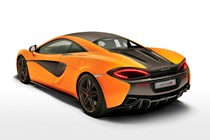

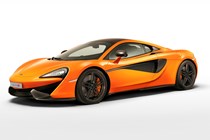
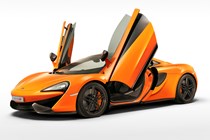

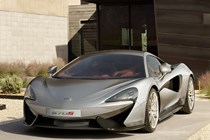
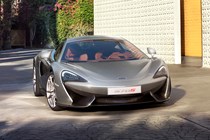
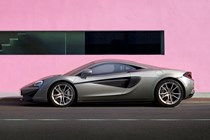
.jpg)
.jpg)
.jpg)
.jpg)
.jpg)
.jpg)
.jpg)
.jpg)
.jpg)
.jpg)
.jpg)
.jpg)
.jpg)
.jpg)
.jpg)
.jpg)
.jpg)
.jpg)
.jpg)
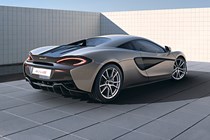
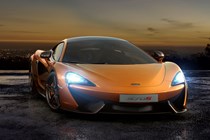

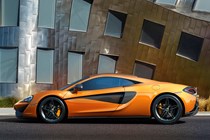




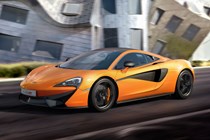
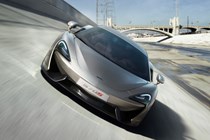
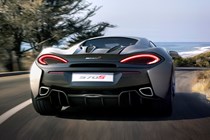
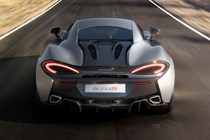
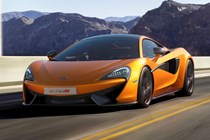
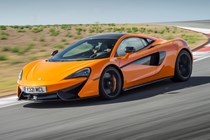
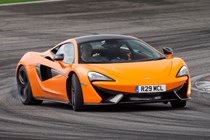
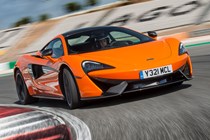
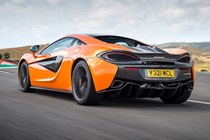

.jpg)
.jpg)
.jpg)
.jpg)
.jpg)
.jpg)
.jpg)
.jpg)
.jpg)
.jpg)
.jpg)
.jpg)
.jpg)
.jpg)
.jpg)
.jpg)
.jpg)
.jpg)
.jpg)
.jpg)
.jpg)
.jpg)
.jpg)
.jpg)
.jpg)
.jpg)
.jpg)
.jpg)
.jpg)
.jpg)
.jpg)
.jpg)
.jpg)
.jpg)
.jpg)
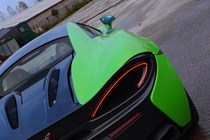
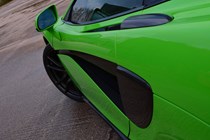
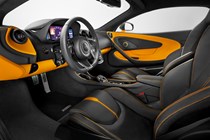
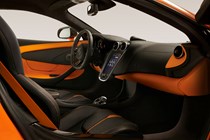

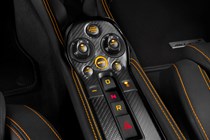
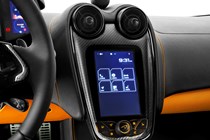
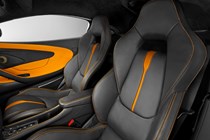
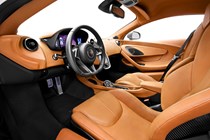
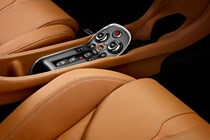
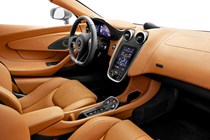
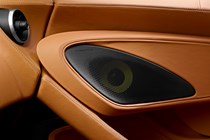
.jpg)
.jpg)
.jpg)
.jpg)
.jpg)
.jpg)
.jpg)
.jpg)
.jpg)
.jpg)
.jpg)
.jpg)
.jpg)
.jpg)
.jpg)
.jpg)
.jpg)
.jpg)
.jpg)
.jpg)
.jpg)
.jpg)
.jpg)
.jpg)
.jpg)
.jpg)
.jpg)
.jpg)
.jpg)
.jpg)
.jpg)
.jpg)
.jpg)
.jpg)
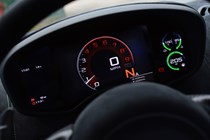
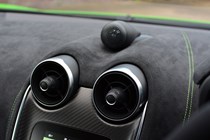
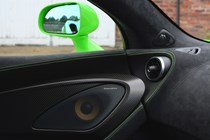

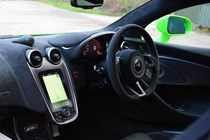
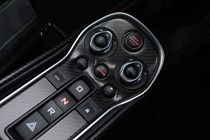
.jpg)
.jpg)
.jpg)
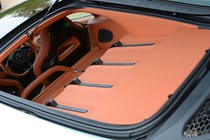
.jpg)
.jpg)
.jpg)
.jpg)











.jpg?quality=50)
.jpg?quality=50)
.jpg?quality=50)
.jpg?quality=50)
.jpg?quality=50)
.jpg?quality=50)
.jpg?quality=50)
.jpg?quality=50)
.jpg?quality=50)
.jpg?quality=50)
.jpg?quality=50)
.jpg?quality=50)
.jpg?quality=50)
.jpg?quality=50)
.jpg?quality=50)
.jpg?quality=50)
.jpg?quality=50)
.jpg?quality=50)
.jpg?quality=50)


















.jpg?quality=50)
.jpg?quality=50)
.jpg?quality=50)
.jpg?quality=50)
.jpg?quality=50)
.jpg?quality=50)
.jpg?quality=50)
.jpg?quality=50)
.jpg?quality=50)
.jpg?quality=50)
.jpg?quality=50)
.jpg?quality=50)
.jpg?quality=50)
.jpg?quality=50)
.jpg?quality=50)
.jpg?quality=50)
.jpg?quality=50)
.jpg?quality=50)
.jpg?quality=50)
.jpg?quality=50)
.jpg?quality=50)
.jpg?quality=50)
.jpg?quality=50)
.jpg?quality=50)
.jpg?quality=50)
.jpg?quality=50)
.jpg?quality=50)
.jpg?quality=50)
.jpg?quality=50)
.jpg?quality=50)
.jpg?quality=50)
.jpg?quality=50)
.jpg?quality=50)
.jpg?quality=50)
.jpg?quality=50)












.jpg?quality=50)
.jpg?quality=50)
.jpg?quality=50)
.jpg?quality=50)
.jpg?quality=50)
.jpg?quality=50)
.jpg?quality=50)
.jpg?quality=50)
.jpg?quality=50)
.jpg?quality=50)
.jpg?quality=50)
.jpg?quality=50)
.jpg?quality=50)
.jpg?quality=50)
.jpg?quality=50)
.jpg?quality=50)
.jpg?quality=50)
.jpg?quality=50)
.jpg?quality=50)
.jpg?quality=50)
.jpg?quality=50)
.jpg?quality=50)
.jpg?quality=50)
.jpg?quality=50)
.jpg?quality=50)
.jpg?quality=50)
.jpg?quality=50)
.jpg?quality=50)
.jpg?quality=50)
.jpg?quality=50)
.jpg?quality=50)
.jpg?quality=50)
.jpg?quality=50)
.jpg?quality=50)






.jpg?quality=50)
.jpg?quality=50)
.jpg?quality=50)

.jpg?quality=50)
.jpg?quality=50)
.jpg?quality=50)
.jpg?quality=50)